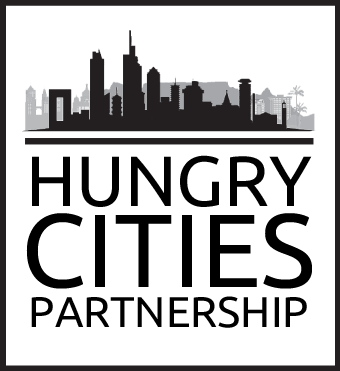Document Type
Hungry Cities Report
Publication Date
2017
Abstract
Nairobi is a city of stark contrasts. Nearly half a million of its three million residents live in abject poverty in some of Africa’s largest slums, yet the Kenyan capital is also an international and regional hub. In East Africa, rapid urbanization is stretching existing food and agriculture systems as growing cities struggle to provide food and nutrition security for their inhabitants. Nairobi is no exception; it is a dynamically growing city and its food supply chains are constantly adapting and responding to changing local conditions. It is also an international city and the extent to which it is food secure is increasingly predicated on food imports from the regional East African Community and other international sources. Informal traditional value chains have a variety of actors and intermediaries that increase transaction costs and create an inefficient post-harvest procurement network, thereby pushing food products out of the reach of those who need them most. The majority of Nairobi’s food purchases are from informal food vendors. The city’s urban poor rely on the informal food sector for several reasons including that it provides food close to where they live and work, credit and barter are often available, small quantities can be purchased, and many items are sold more cheaply than at formal outlets. The leading income-generating activity for women in Nairobi’s poor communities is selling fruit and vegetables.
Recommended Citation
Owuor, S., Brown, A., Crush, J., Frayne, B. & Wagner, J. (2017). The Urban Food System of Nairobi, Kenya (rep., pp. i-71). Waterloo, ON: Hungry Cities Partnership. Hungry Cities Report, No. 6.
Included in
Food Studies Commons, Human Geography Commons, Politics and Social Change Commons, Urban Studies and Planning Commons


